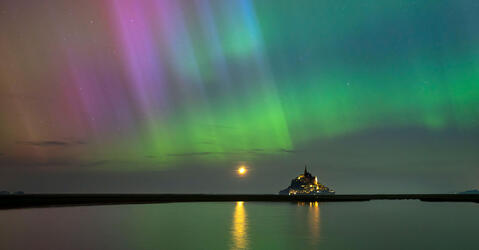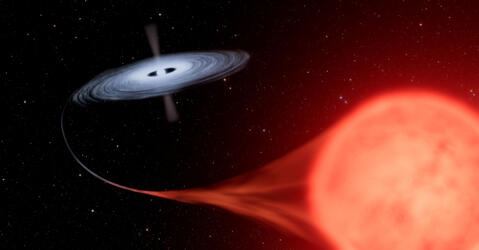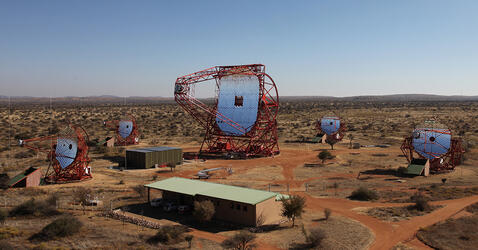You are here
Space
On 14 September, 2015, the international LIGO/Virgo collaboration detected the very first gravitational wave signal, a tiny distortion of spacetime predicted by Einstein, in this case produced by the merger of two black holes. The CNRS astrophysicist Marie-...
Article
11.03.2025
Why is the outermost part of the Sun's atmosphere, the corona, so much hotter than its surface? Ten years after formulating a hypothesis based on a numerical model, CNRS researchers have now used direct observations of the star's surface to confirm...
Article
10.09.2025
With large-scale observation campaigns, innovative data analysis methods and theoretical advances on all fronts, astrophysics and cosmology are entering a high-precision era with the potential to unravel many of the unsolved mysteries of the Universe....
Article
09.12.2025
During his “miraculous year” 120 years ago, Albert Einstein explained the photoelectric effect, laying the foundations of quantum mechanics. The historian of science Christian Bracco provides an insight.
Article
07.09.2025
03.18.2025
Over the past few months, our planet has been ìmpacted by intense solar flare activity on the Sun. This phenomenon, which caused the polar auroras that recently lit up European skies, could also...
Article
02.06.2025
White dwarfs are the extremely dense, compact remnants of stars that have ended their lives, and are at the origin of tremendous explosions known as novae. This phenomenon (not to be confused with...
01.29.2025
Based in Namibia, the H.E.S.S. telescope array monitors the showers of particles produced when the highest-energy cosmic rays ever observed in the Universe impact the Earth's atmosphere.





